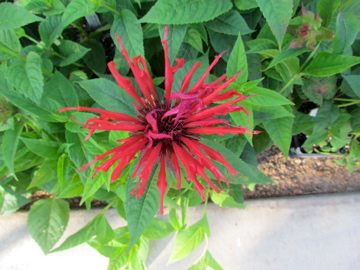
Wild bergamot is considered a medicinal plant by many Native Americans. It is listed as historical in Rhode Island. One authority states that Native Americans recognized four kinds of wild bergamot that had different odors (Wood, 1997).Ĭonservation status in the United States Monarda fistulosa, unnamed variety – ( Arkansas and Oklahoma).rubra – (eastern North America, uncommon) mollis – (widespread, primarily eastern and central North America) menthifolia – (widespread, western North America, excluding Oregon and California) fistulosa – wild bergamot (widespread, primarily eastern and central North America) brevis – Smoke Hole bergamot ( Virginia and West Virginia) Some of the varieties are geographically widespread, and others are quite restricted in their ranges. Several varieties have been variously recognized within Monarda fistulosa, of which some have also been treated as subspecies or as distinct species. At least one population in Colorado also contains linalol. It can have thymol, geraniol, carvacrol, p-cymene, γ-terpinene, α-terpinene, and α-thujene in different amounts with the exact cause of this variability still being researched, though environmental and genetic factors probably both play a role.

The plant is noted for its fragrance, though the composition of its oils is quite variable. The Latin specific epithet fistulosa means hollow like a pipe. Monarda fistulosa ranges from Quebec to the Northwest Territories and British Columbia, south to Georgia, Texas, Arizona, Idaho, and northeastern Washington. The plants generally flower from June to September. Wild bergamot often grows in rich soils in dry fields, thickets, and clearings, usually on limy soil.

Each cluster is about 1.5 in (3.8 cm) long, containing about 20–50 flowers. Its compact flower clusters are solitary at the ends of branches. Its leaves are 2–3 in (5.1–7.6 cm) long, lance-shaped, and toothed. The plants are typically up to 3 ft (0.91 m) tall, with a few erect branches. Monarda fistulosa is an herbaceous perennial that grows from slender creeping rhizomes, thus commonly occurring in large clumps.


 0 kommentar(er)
0 kommentar(er)
